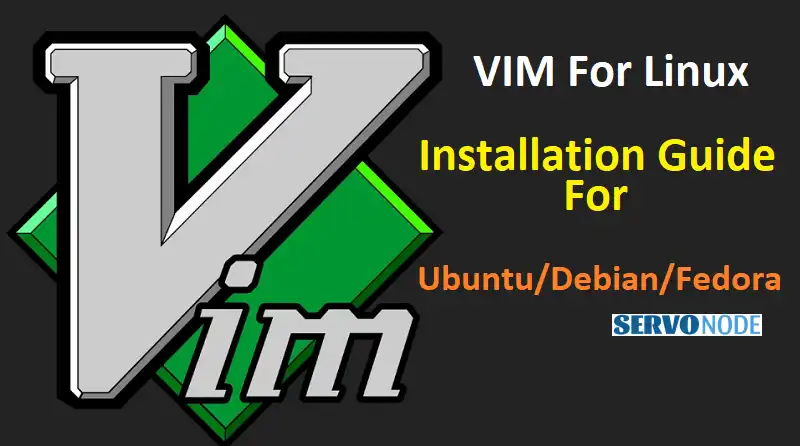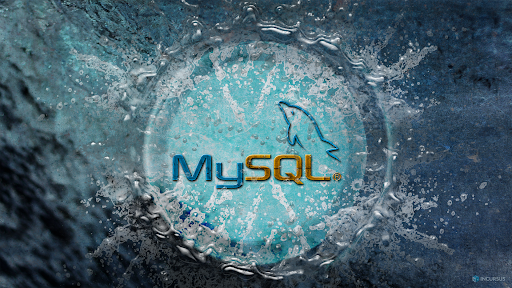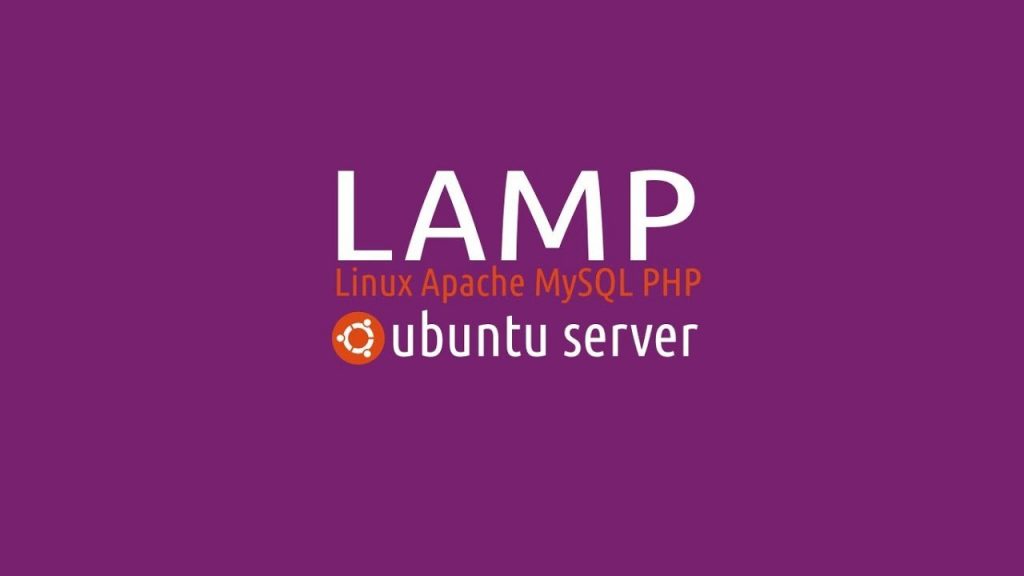Are you a Linux user looking to enhance your text editing experience? Look no further than Vim, the versatile and powerful text editor loved by developers worldwide. In this article, we will guide you through the step-by-step process of installing Vim on popular Linux distributions such as Ubuntu, Debian, and Fedora.
Why Use Vim for Text Editing?
Vim is a highly efficient and customizable text editor that offers a wide range of features and functionalities. Whether you are a beginner or an advanced user, Vim can greatly improve your productivity by providing you with a seamless and intuitive editing experience. Here are some reasons why Vim is preferred by many developers:
- Speed and Efficiency: Vim is designed to be lightweight and fast, allowing you to navigate and edit text files with ease. Its powerful command-line interface and extensive keyboard shortcuts enable quick and efficient text manipulation.
- Customizability: Vim offers a high level of customizability, allowing you to tailor the editor to suit your specific needs and preferences. You can customize everything from the appearance and behavior of the editor to the key mappings and plugins.
- Extensibility: Vim has a vibrant plugin ecosystem that enables you to extend its functionality beyond its core features. There are thousands of plugins available that can enhance your editing experience and streamline your workflow.
Now that you understand why Vim is a valuable tool for text editing, let’s move on to the installation process for Ubuntu, Debian, and Fedora.
Installing Vim on Ubuntu
Installing Vim on Ubuntu is a straightforward process that can be done using the package manager. Here’s how you can install Vim on Ubuntu:
- Open a terminal by pressing Ctrl + Alt + T or by searching for “Terminal” in the applications menu.
- Update the package list by running the following command:
sudo apt update
- Install Vim by running the following command:
sudo apt install vim
- Once the installation is complete, you can verify that Vim is installed by running the following command:
vim –version
Congratulations! You have successfully installed Vim on Ubuntu. Now, let’s move on to installing Vim on Debian.
Installing Vim on Debian
Debian is another popular Linux distribution that can benefit from the powerful features of Vim. Here’s how you can install Vim on Debian:
- Open a terminal by pressing Ctrl + Alt + T or by searching for “Terminal” in the applications menu.
- Update the package list by running the following command:
sudo apt update
- Install Vim by running the following command:
sudo apt install vim
- After the installation is complete, you can check if Vim is installed by running the following command:
vim –version
Fantastic! You now have Vim installed on your Debian machine. Let’s move on to installing Vim on Fedora.
Installing Vim on Fedora
If you are using Fedora, you can easily install Vim using the package manager. Here’s how you can do it:
- Open a terminal by pressing Ctrl + Alt + T or by searching for “Terminal” in the applications menu.
- Update the package list by running the following command:
sudo dnf update
- Install Vim by running the following command:
sudo dnf install vim
- Once the installation is complete, you can verify that Vim is installed by running the following command:
vim –version
Congratulations! You have successfully installed Vim on Fedora. Now that you have Vim installed on your preferred Linux distribution, let’s explore some basic commands and navigation techniques to help you get started.
Basic Vim Commands and Navigation
Vim provides a wide range of commands and shortcuts that allow you to navigate and edit text files efficiently. Here are some basic commands and navigation techniques to help you get started:
Opening and Saving Files: To open a file in Vim, use the following command:
vim file_name>
To save changes and exit Vim, press Esc to enter command mode and then type :wq followed by Enter.
Moving the Cursor: Vim offers several ways to navigate within a file. Here are some essential commands:
h: Move the cursor left j: Move the cursor down k: Move the cursor up l: Move the cursor right
Editing Text: Vim provides a variety of commands for editing text. Here are a few examples:
i: Enter insert mode to start editing text at the cursor position dd: Delete (cut) the current line yy: Yank (copy) the current line p: Paste the contents of the clipboard after the cursor
Searching and Replacing: Vim allows you to search for specific words or patterns within a file and replace them. Here’s how you can do it:
To search for a word, press / followed by the word and then press Enter.
To replace all occurrences of a word, use the following command:
:%s/old_word>/new_word>/g
These are just a few examples of the basic commands and navigation techniques available in Vim. As you become more comfortable with the editor, you can explore more advanced features and functionality.
Customizing Vim Settings and Plugins
One of the greatest strengths of Vim is its high level of customizability. You can tailor the editor to suit your specific needs and preferences by modifying its settings and installing plugins. Here are some ways you can customize Vim:
- Vim Configuration File: Vim has a configuration file called .vimrc that allows you to set various options and customize the editor. You can create or modify this file in your home directory to apply your preferred settings.
- Color Schemes: Vim supports different color schemes that can enhance the readability and aesthetics of your text files. You can choose from a wide range of pre-defined color schemes or create your own.
- Plugins: Vim has a vast plugin ecosystem that offers additional functionality and features. You can install plugins to extend the capabilities of Vim, such as code completion, syntax highlighting, and version control integration.
To install plugins, you can use a plugin manager like Vundle, Pathogen, or Vim-Plug. These plugin managers simplify the installation and management of plugins.
Now that you know how to customize Vim, let’s explore some advanced features and functionality that can take your text editing skills to the next level.
Advanced Vim Features and Functionality
Vim offers a plethora of advanced features and functionality that can significantly improve your productivity and efficiency. Here are some of the key features worth exploring:
- Split Windows: Vim allows you to split the editing window vertically or horizontally, enabling you to view and edit multiple files simultaneously.
- Buffers and Tabs: Vim provides a way to manage multiple files using buffers and tabs. Buffers allow you to open multiple files in the same Vim session, while tabs enable you to work with multiple sets of buffers.
- Macros: Vim’s macro recording feature allows you to record a series of commands and replay them later. Macros can be useful for automating repetitive tasks.
- Regular Expressions: Vim supports powerful regular expressions that can be used for searching, replacing, and manipulating text. Regular expressions enable you to perform complex text transformations with ease.
These are just a few examples of the advanced features and functionality available in Vim. As you delve deeper into Vim, you will discover many more powerful tools and techniques that can streamline your workflow and make text editing a breeze.
Vim Resources and Communities
If you want to further enhance your Vim skills and stay updated with the latest Vim-related news and developments, there are several resources and communities you can explore:
- Vim Documentation: Vim has comprehensive documentation that covers all aspects of the editor. You can access the documentation by running the following command within Vim:
:help
- Vim Wiki: The Vim Wiki is a community-driven resource that provides extensive information, tips, and tricks for using Vim. It is a valuable source of knowledge for both beginners and experienced Vim users.
- Vim Subreddit: The Vim subreddit is an active community where Vim enthusiasts share their experiences, ask questions, and provide helpful tips and advice. It’s a great place to connect with other Vim users and learn from their experiences.
- Vimcasts: Vimcasts is a website that offers screencasts demonstrating various Vim tips, tricks, and techniques. It provides visual demonstrations of Vim’s features and functionality, making it easier to understand and apply them in your own workflow.
By utilizing these resources and engaging with the Vim community, you can continue to improve your Vim skills and make the most out of this powerful text editor.
Conclusion
In this article, we have explored the step-by-step process of installing Vim on popular Linux distributions such as Ubuntu, Debian, and Fedora. Vim offers a wide range of features and functionalities that can greatly enhance your text editing experience. Whether you are a beginner or an advanced user, Vim’s speed, customizability, and extensibility make it a valuable tool for developers.
We have covered the installation process for Ubuntu, Debian, and Fedora, as well as basic commands and navigation techniques. We have also discussed how to customize Vim settings, install plugins, and explored advanced features and functionality. Additionally, we have highlighted some resources and communities that can further support your Vim journey.

Nishant Verma is a senior web developer who love to share his knowledge about Linux, SysAdmin, and more other web handlers. Currently, he loves to write as content contributor for ServoNode.




